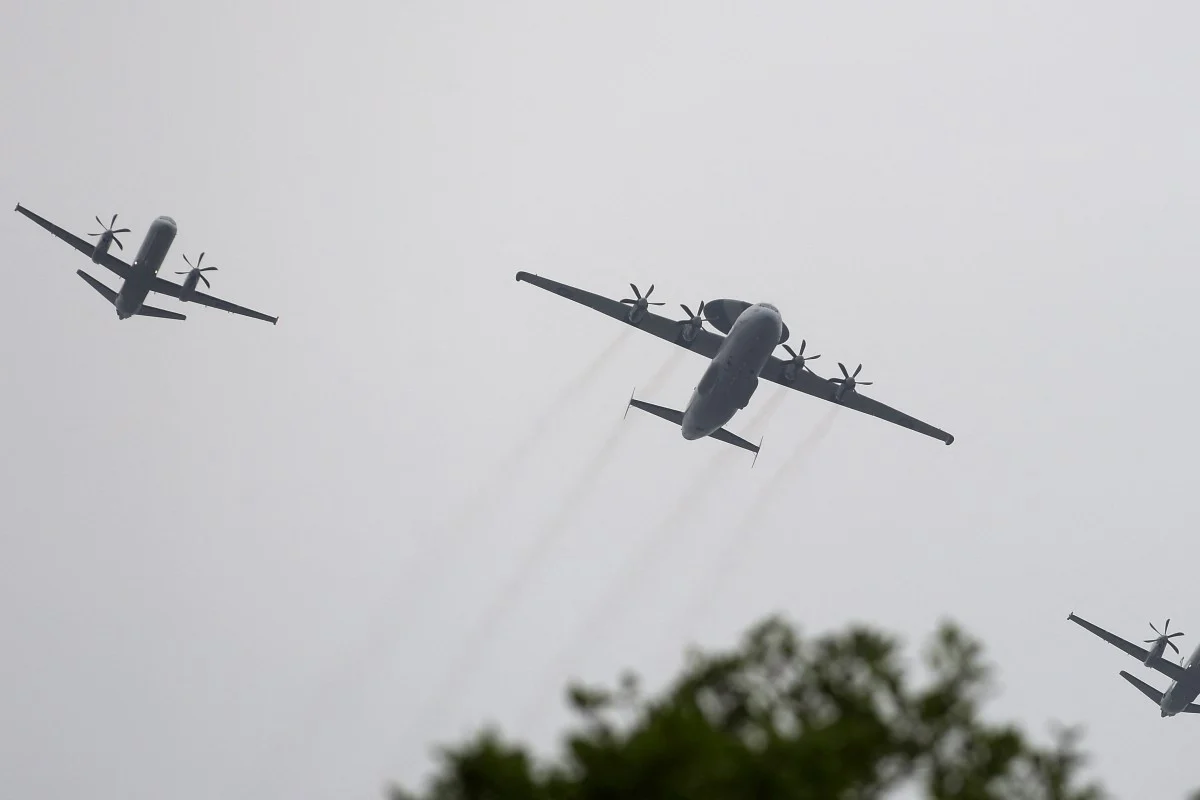In an article titled “As easy as ABC? How Pakistan unified radars, jets and warning aircraft against India,” South China Morning Post has revealed a news report published by a Chinese defense industry newspaper, which says that Pakistan deployed an advanced real-time data sharing system against India, which defied all known combat conventions.
The system, referred to as the “ABC” model—standing for “locked by A, launched by B, guided by C”—combines ground-based radars, fighter jets, and airborne warning and control systems (AWACS) to share real-time data and coordinate attacks.
In this approach, ground radars first lock onto targets (A), then fighter jets launch missiles from safe distances (B), and finally, AWACS guide the missiles to their targets (C).
This method contrasts with traditional air combat, where a single jet handles detection and missile guidance.
Read More: What Did Trump Say About India-Pakistan That Made MBS Smile?
According to the article, this system was employed against the Indian Air Force, resulting in the reported loss of five Indian aircraft. Pakistan executed the advanced system seamlessly, demonstrating that intelligent systems are the decisive factors in modern warfare.
Both countries reached a fragile ceasefire on May 10, right when the conflict was touching a dangerous level of escalation, brokered by the United States.
However it is difficult to say which side can claim an upper hand since both reported wins as well as losses. In terms of military superiority and tactics, Pakistan certainly has considerable gains; one of them being the downing of five Indian jets.
This feat would not have been possible with traditional air combat. The Pakistan’s Air Force is being lauded worldwide for employing advanced and intelligent systems and the professional handling of such advanced systems.
Nuzhat Rana is the Managing Editor (website) at The Diplomatic Insight.




